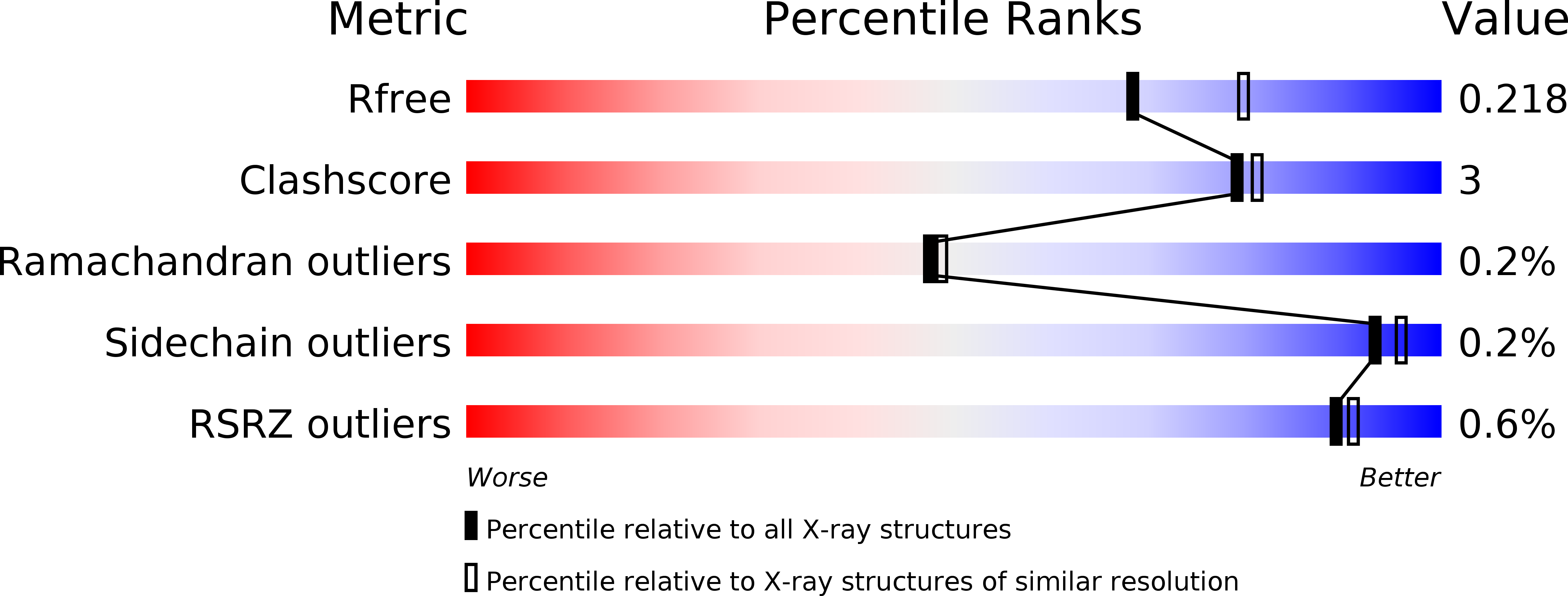
Deposition Date
2015-04-15
Release Date
2015-06-03
Last Version Date
2023-09-27
Entry Detail
PDB ID:
4ZC6
Keywords:
Title:
Crystal Structure of human GGT1 in complex with Serine Borate
Biological Source:
Source Organism:
Homo sapiens (Taxon ID: 9606)
Host Organism:
Method Details:
Experimental Method:
Resolution:
2.10 Å
R-Value Free:
0.21
R-Value Work:
0.17
R-Value Observed:
0.17
Space Group:
C 2 2 21


